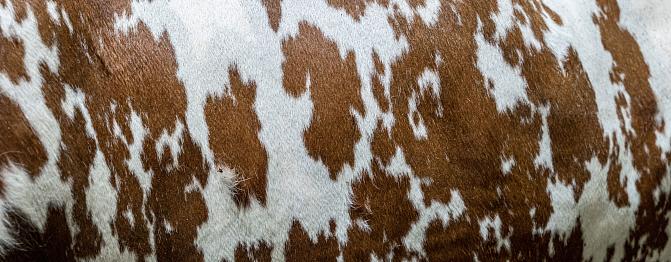
Case: Side streams from Luke’s cowhouses for biogas to improve energy self-sufficiency
On this page
In agriculture, biogas plants play two roles in climate change mitigation: they help reduce the climate emissions of agriculture and generate renewable energy. Manure from Luke’s cowhouses for dairy cattle in Jokioinen and Maaninka is used as raw material at farm-scale biogas plants as part of sustainable and circular dairy production.
The important role of Luke’s plants is to provide a research environment to generate new research data and create models that can be reproduced on other livestock farms in Finland and internationally.
A biogas plant on a livestock farm reduces the climate emissions of manure handling
A biogas plant helps reduce a livestock farm’s climate emissions when manure is forwarded directly from livestock buildings to the biogas plant at which the methane generated when manure disintegrates is recovered in a controlled process. The most significant climate benefits can be achieved when the biogas process replaces manure storage in open sludge tanks. Climate benefits are at their highest when the plant cycle is sufficiently long and methane leaks from the plant are minimised. Both of these goals are achieved at Luke’s biogas plants.
Luke’s biogas plants
Luke’s second biogas plant on the Jokioinen research farm started operating in 2023. The first biogas plant was started on the Maaninka research farm as early as in 2009. The biogas plants process dairy cattle manure and plant biomasses generated on Luke’s research farms.
In 2023, biogas research focused on sustainable practices in biogas generation and minimised emissions, business models for biogas plants on dairy cattle farms, nutrient and carbon cycles, and ecosystems in the circular economy.
| Luke’s biogas plant in Maaninka | Luke’s biogas plant in Jokioinen |
Inputs during the plant commissioning phase:
Use of biogas:
| Inputs during the plant commissioning phase:
Possibility to also use other inputs
|
Further information:
Luostarinen, S., Tampio, E., Lehtoranta, S., Valve, H., Laakso, J., Rasi, S., Pyykkönen, V., Markkanen, J., Heikkinen, J., Haapala, H., Winquist, E., Lång, K., Timonen, K., Silfver, T. 2023. Kestävät käytännöt biokaasutuotannossa. Valtioneuvoston selvitys- ja tutkimustoiminnan julkaisusarja 2023:32. http://urn.fi/URN:ISBN:978-952-383-479-8
Pyykkönen, V., Winquist, E., Seppänen, A-M., Vainio, M., Virkkunen, E., Koppelmäki, K. & Rasi, S. 2023. Anaerobic Digestion of Solid Agricultural Biomass in Leach-Bed Reactors. Bioengineering 10, 433. https://doi.org/10.3390/bioengineering10040433
Rasi, S., Vainio, M., Laaksonen, I., Pap, N., Ghalibaf, M., Honkala, N., Winquist, E., Perämäki, S., Niskanen, J., Larsson, S. 2023. Kohti kiertotaloutta jäte- ja sivuvirtoja hyödyntämällä. Luonnonvara- ja biotalouden tutkimus 92/2023. http://urn.fi/URN:ISBN:978-952-380-792-1
Biogas as a renewable energy source
The biogas process also provides climate benefits when electricity, heat and biomethane produced from biogas replace fossil fuels in energy generation. If realised, domestic biogas (technical and financial production potential of 10 TWh) could cover energy needs equalling the total energy consumption of agriculture (9 TWh) or alternatively a quarter of the energy consumed by transport in Finland (42 TWh). The majority of the unused potential lies in agricultural side streams, including manure and various grasslands.